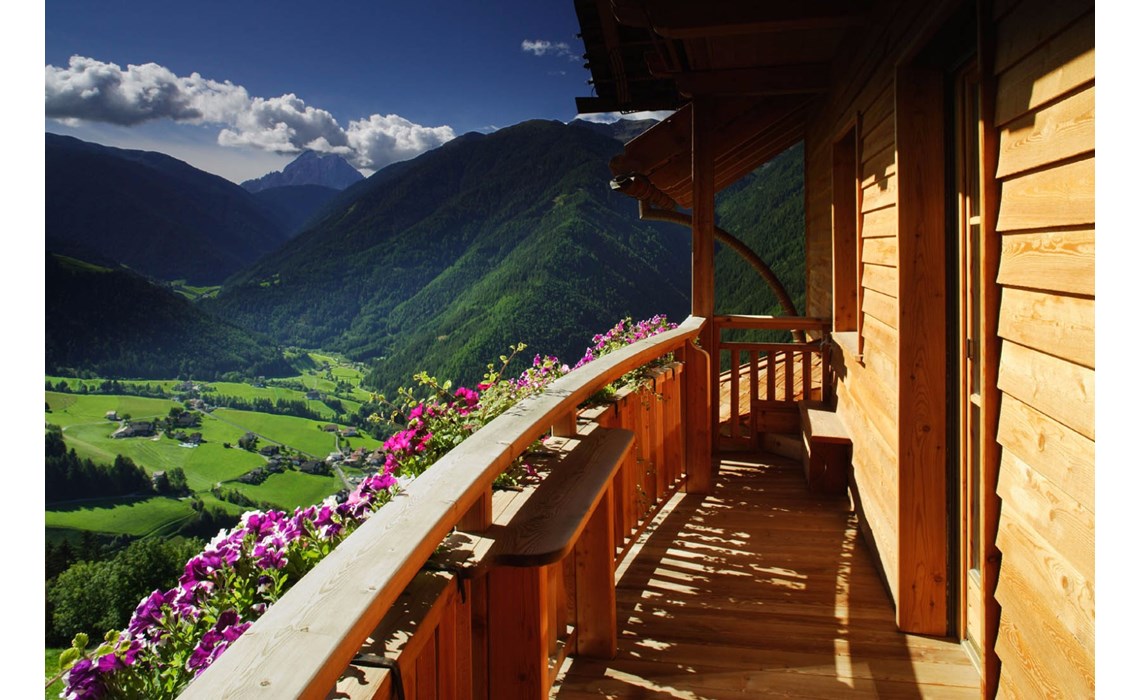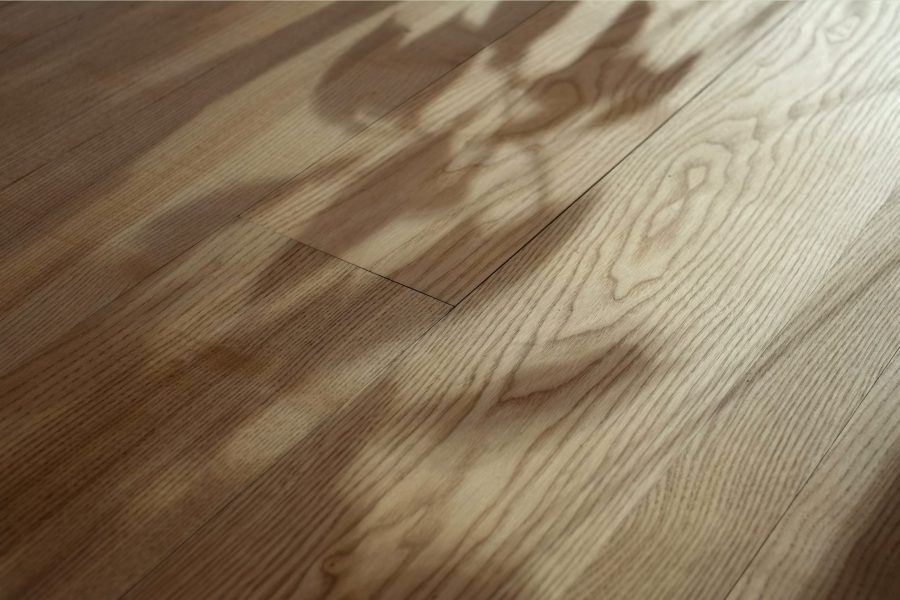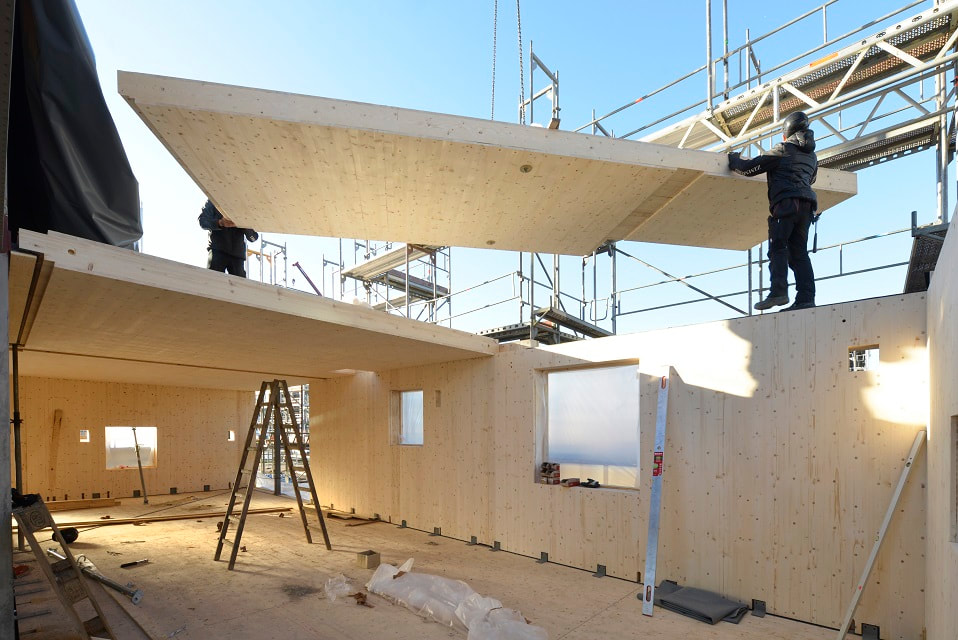|
Holz100 is a breathable building system that is 100% sustainable. The core principle behind a Holz100 home is its cradle-to-cradle approach. The product is 100% pure solid wood, without chemical toxins or preservatives, and can be reused and recycled back into nature as compost and nutrients for future thriving trees. Holz100 harvests only moonwood, that are slowly dried naturally, allowing the trees to mature and stabilize with a low relative moisture content. Holz100 has a 50-year warranty against mold and condensation.
0 Comments
The moisture content in your new hardwood flooring is as important as the building structure to prevent shrinkage and gaps once you’ve moved in. Holz100 is a sustainable, natural, sound-proof solution to building a wood home that is less prone to dryness overtime due to its natural slow drying process. The moisture content of a wood home built with the Holz100 system is 6-10%. Passive houses without insulation and complicated building technology built from natural wood was long considered a utopia. Today, such a house is available and affordable to everyone, thanks to the successful developments in the Thoma research center.
A prefabricated home ensures saving cost and time from construction, various toxic materials, and minimal thermal bridging. The beauty comes from the fact that it is built with Holz100, guaranteed to bring you the best building standards without compromise.
Passive house values have been deemed the most efficient way to certify any building's efficiency of energy, therefore putting all building standards into consideration. For example, it includes the measure of thermal insulation, airtightness, sustainability, and more.
Mobile homes are the perfect design for a simple prefabricated house made of cross laminated timber. Building it with high quality wood such as Holz100 will guarantee not only your health and wellbeing, but also ideal building standards such as passive house values.
Wood is one of the oldest and most versatile building materials used by humanity but it also has a large part to play in the future of health and housing. Whether it's at Credit Valley Hospital's indoor forest or children playing on the wooden deck of a house, you can always rely on Holz100 to bring the best of the best.
Responsibly sourced (and certified) timber has clear health and happiness benefits, as well as being a weapon in the struggle against climate change by both storing carbon and eliminating emissions.
These benefits are particularly important for environments where it is difficult to incorporate nature indoors, such as hospitals where strict health and safety guidelines may prevent the presence of plants, and office environments where views from the window are of roads and neighbouring concrete buildings.
The feelings of natural warmth and comfort that wood elicits in people have the effect of lowering blood pressure and heart rates, reducing stress and anxiety, increasing positive social interactions and improving corporate image.
And therefore the conclusion is that he use of wood in the interior of a building has clear physiological and psychological benefits that mimic the effect of spending time outside in nature - especially with Holz100, which is 100% pure solid wood.
With the global population growing, increasing rates of urbanization and the construction of new buildings are inevitable. If these new buildings were built with wood they would not only act as a long-term carbon store, but they would generate fewer emissions in their construction.
Furthermore innovative timber systems designed for prefabrication and disassembly allow for reuse of the timber, creating a more resource-efficient product life cycle than typical demolition and down-cycling, helping to avoid landfill waste.
In New Zealand it has been estimated that a 17% increase in wood usage in the building industry would result in a 20% reduction in carbon emissions from the manufacture of all building materials, 1.5% of New Zealand’s total emissions.
One study for example identified that the total energy consumption in the manufacturing of steel beams is 2-3 times higher, and the use of fossil fuels 6-12 times higher, than manufacturing timber beams.
When responsibly sourced wood is used as a building material or to create long-lasting products those items become a carbon store – they lock carbon out of the atmosphere. Using wood as a building material also means that the use of much more carbon intensive and non-renewable materials like concrete and steel can be reduced.
Through the process of photosynthesis trees remove carbon from the atmosphere and store it as biomass, mostly wood. Planting more trees will therefore absorb more carbon and help reduce the impact of emissions.
In order for this to occur emissions not only need to be reduced, but the number of carbon sinks (which remove carbon from the atmosphere) also needs to be increased. Wooden products and buildings lock carbon out of the atmosphere.
The Intergovernmental Panel on Climate Change (IPCC) and other authorities have warned that emissions need to be significantly reduced by 2020 in order to avoid the most dangerous impacts of climate change, with the global economy reaching net zero emissions by 2050 to limit global warming to no more than 2°C above pre-industrial temperatures.
Current atmospheric concentrations of carbon dioxide, the most important anthropogenic greenhouse gas, are 40% higher than preindustrial levels. If the current trend in energy usage continues carbon dioxide emissions are estimated to increase by a further 20% by 2035.
The natural greenhouse gas effect is where gases in the atmosphere absorb and retain heat, a natural process that is vital for life on earth. However if these greenhouse gases increase in quantity, more energy is absorbed and the earth heats up.
The temperature of the earth is dependent on the balance between the amount of energy entering the planet’s system from the sun, and the amount reflected and released back into space.
Do Your World Some Good
In addition to its associated health benefits, the use of responsibly sourced certified wood can have significant positive environmental outcomes and help reduce climate change. This effect occurs due to wood absorbing and releasing moisture in order to maintain equilibrium with the surrounding air, known as the equilibrium moisture content. Wood therefore absorbs moisture from the air in humid conditions and releases moisture in dry conditions.
Wood products within a room improve indoor air quality by moderating humidity. On the air: wood products within a room have been shown to improve indoor air quality by moderating humidity.
|
Archives
September 2019
Categories
All
|
HoursMon - Fri.
9:30am - 4:30pm |
Office |
President FRANK GHAHREMANI(416) 725-6747
|




 RSS Feed
RSS Feed


